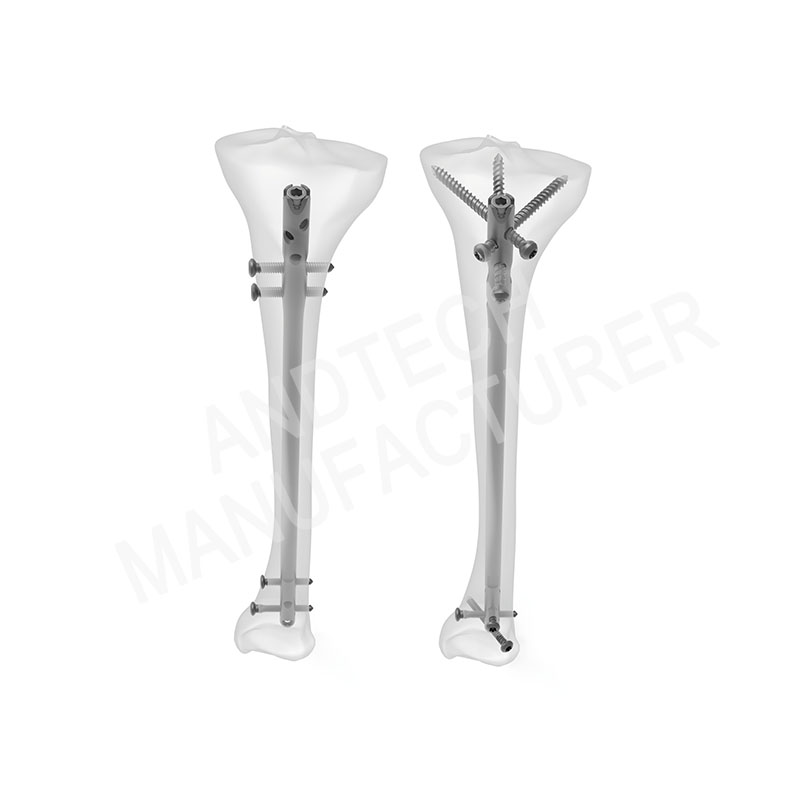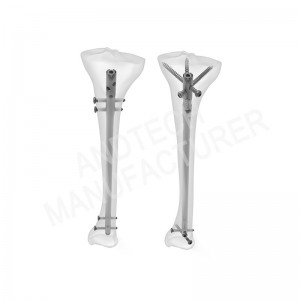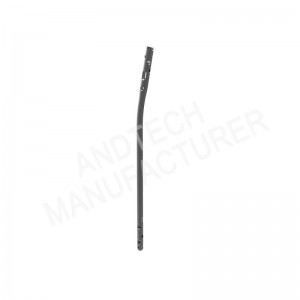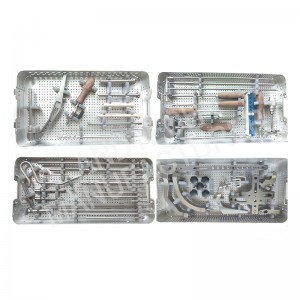Tibia Intramedullary Nail System
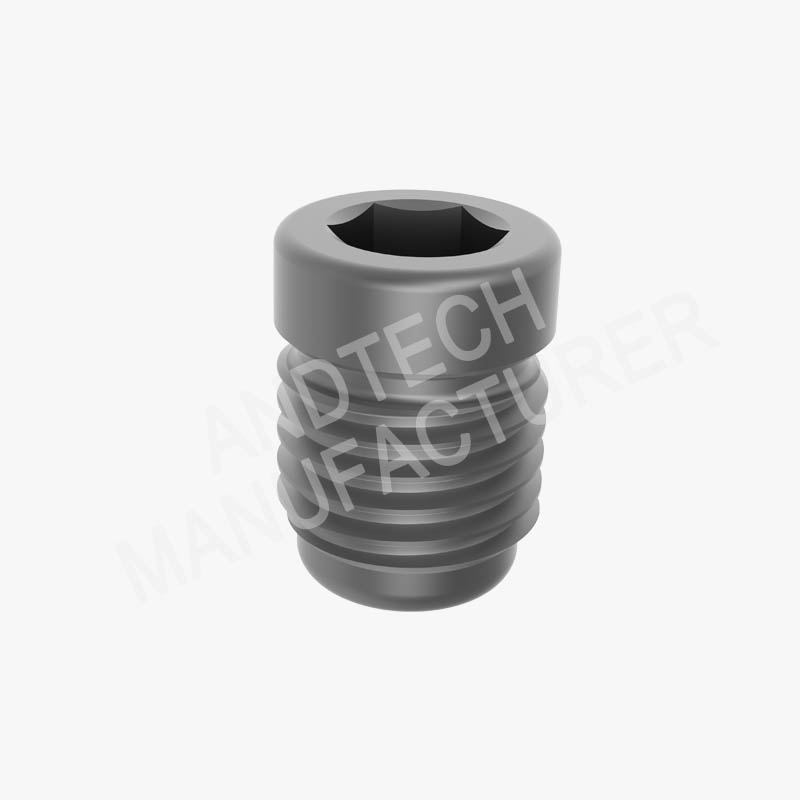
End Cap
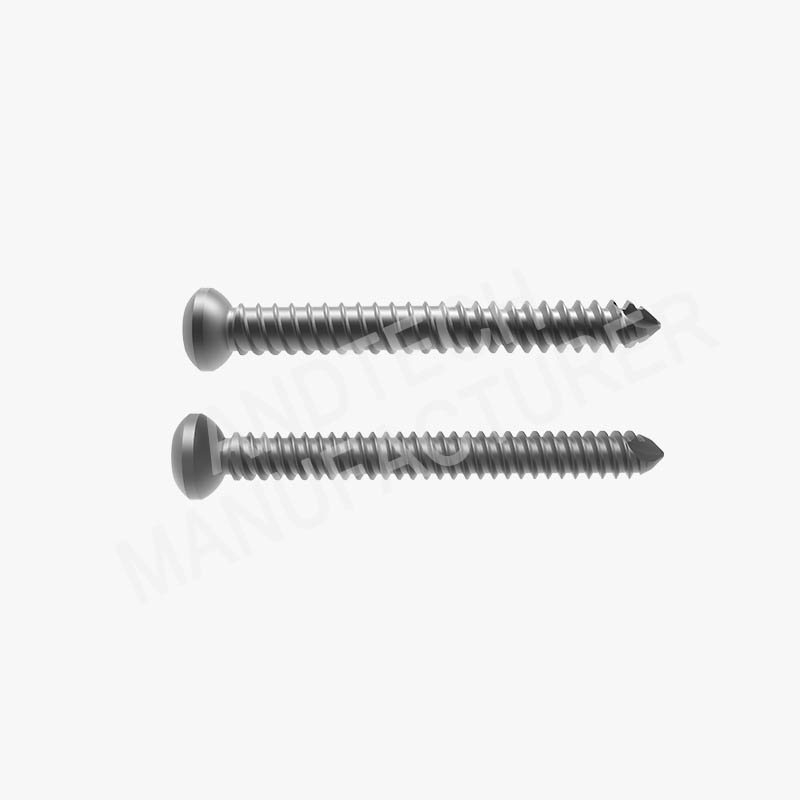
Proximal 5.0 Double Thread
Locking Nail System
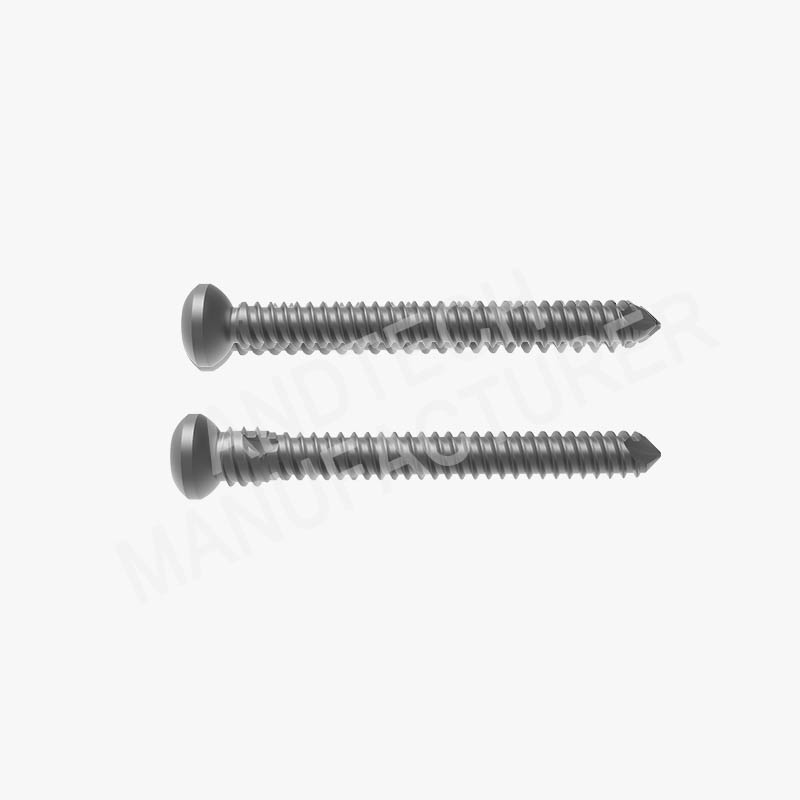
Distal 4.5 double thread
locking nail system
Indications
Tibia Shaft Fracture
Tibial metaphyseal fracture
Partial tibial plateau intra-articular fracture
And intra-articular fractures of the distal tibia
The multi-planar threaded locking screw hole design at the proximal end of the main nail, combined with the special cancellous bone screw, gives it unparalleled "angular stability", meeting the requirements for fixation of the proximal cancellous bone of the tibia, and providing stronger holding force.
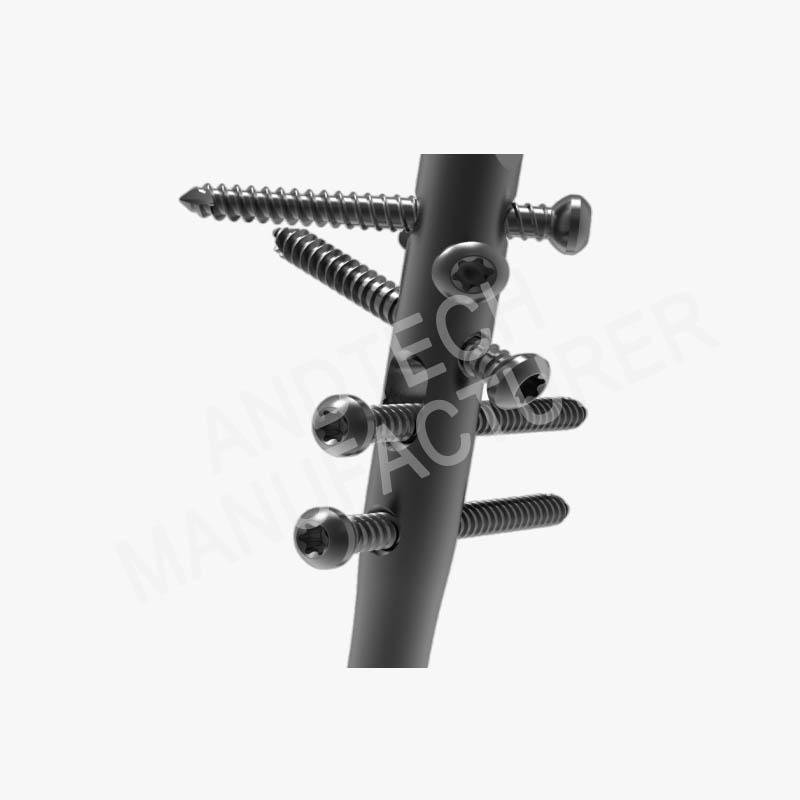
The distal threaded hole design prevents the lock nail from exiting and enhances the reliability of the fixation.
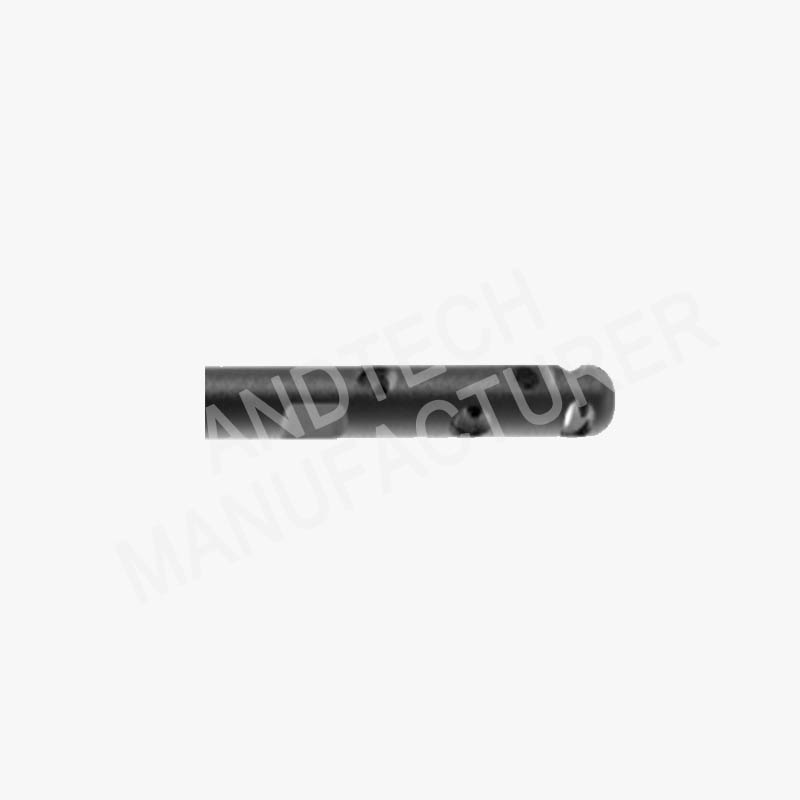
The ultra-distal locking hole design provides a wider fixing range.
The most distal locking nail is placed at an angle to avoid damage to important soft tissues such as tendons and improve the stability of fracture fixation.
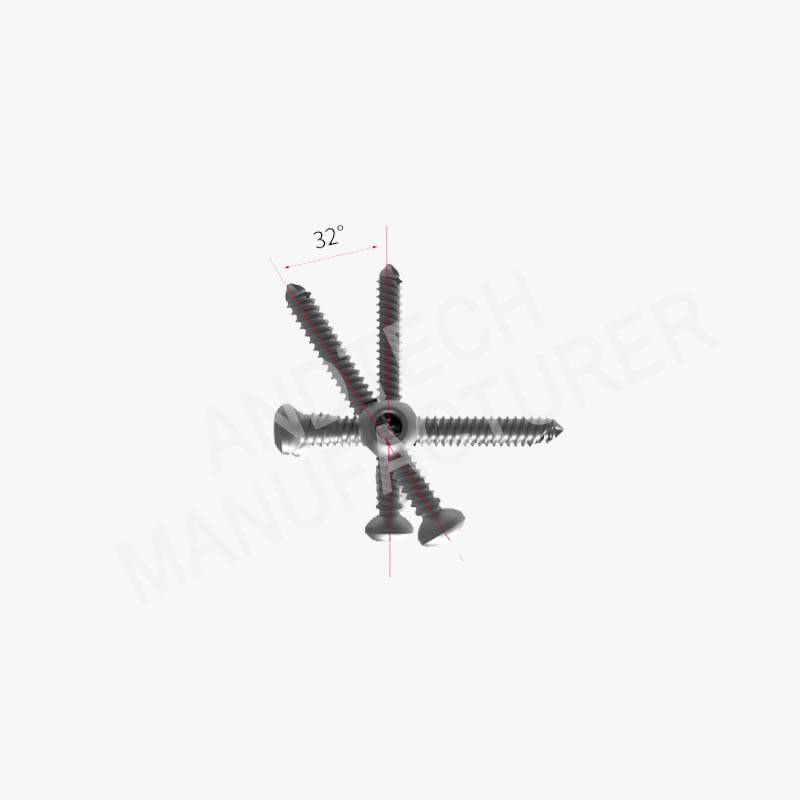
Instruments
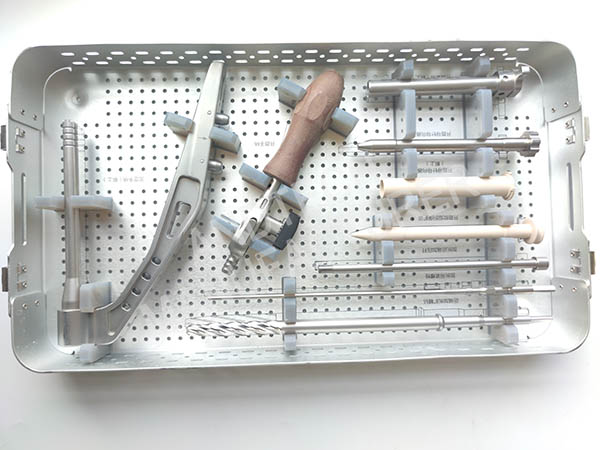
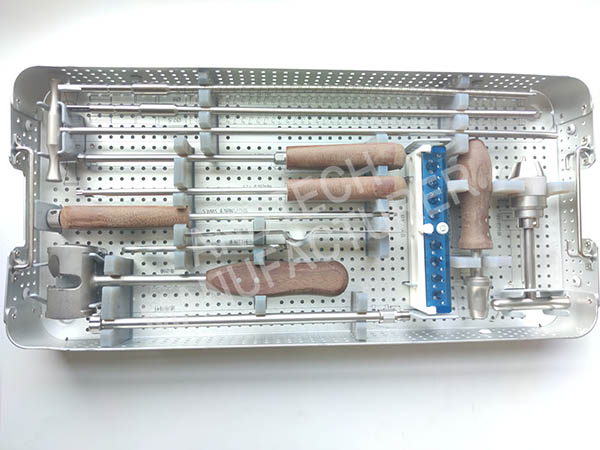
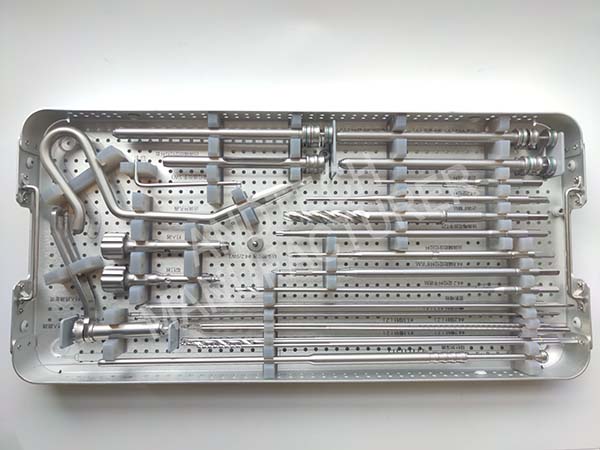
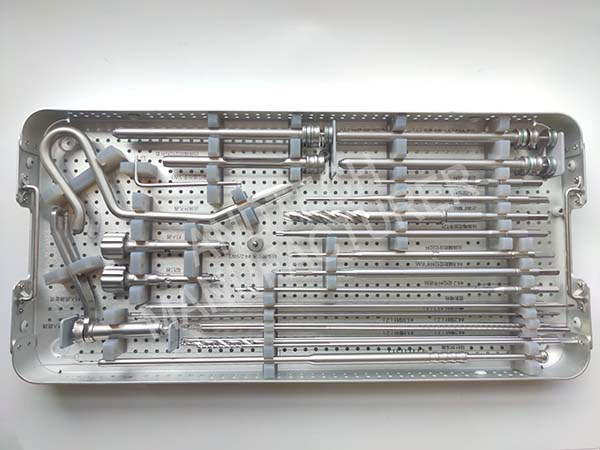
Case
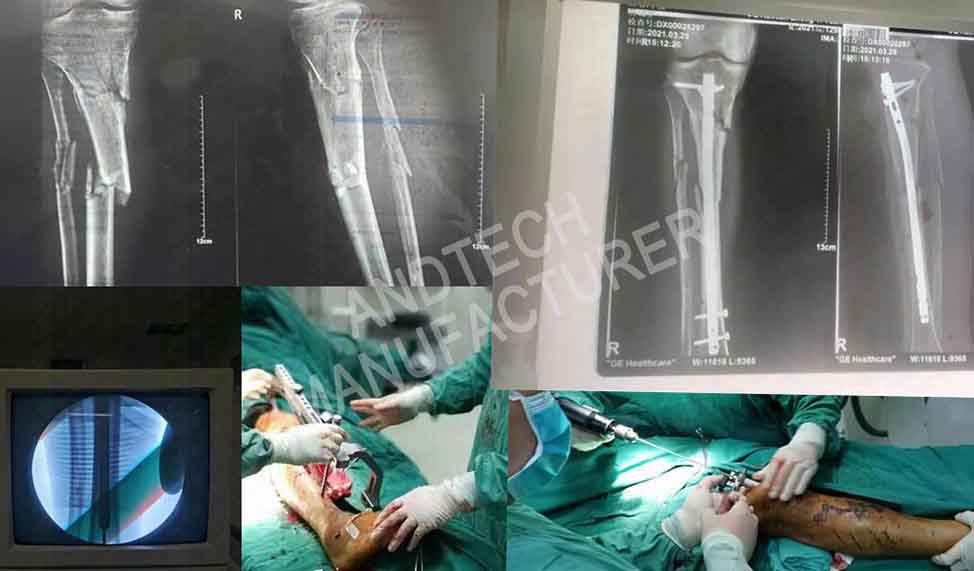
Medical Tips
The difference between surgical incisions
Parapatella approach: Make a surgical incision next to the medial patella, cut the patellar support band, and enter the joint cavity. This surgical approach requires subluxation of the patella.
The suprapatellar approach: also enter the joint space for operation, the surgical incision is located on the patella near the patella, and the intramedullary nail enters between the patella and the internodal groove.
The third surgical approach, similar to the first, the incision can be on the inside or outside of the patella, the only difference is that it does not enter the joint cavity.
Infrapatellar approach
It was first proposed in Germany in 1940 and once became the standard surgical procedure for tibial intramedullary nails for tibial fractures.
Its characteristics: minimally invasive, simple method, fast fracture healing, high healing rate, early functional exercise after surgery.






